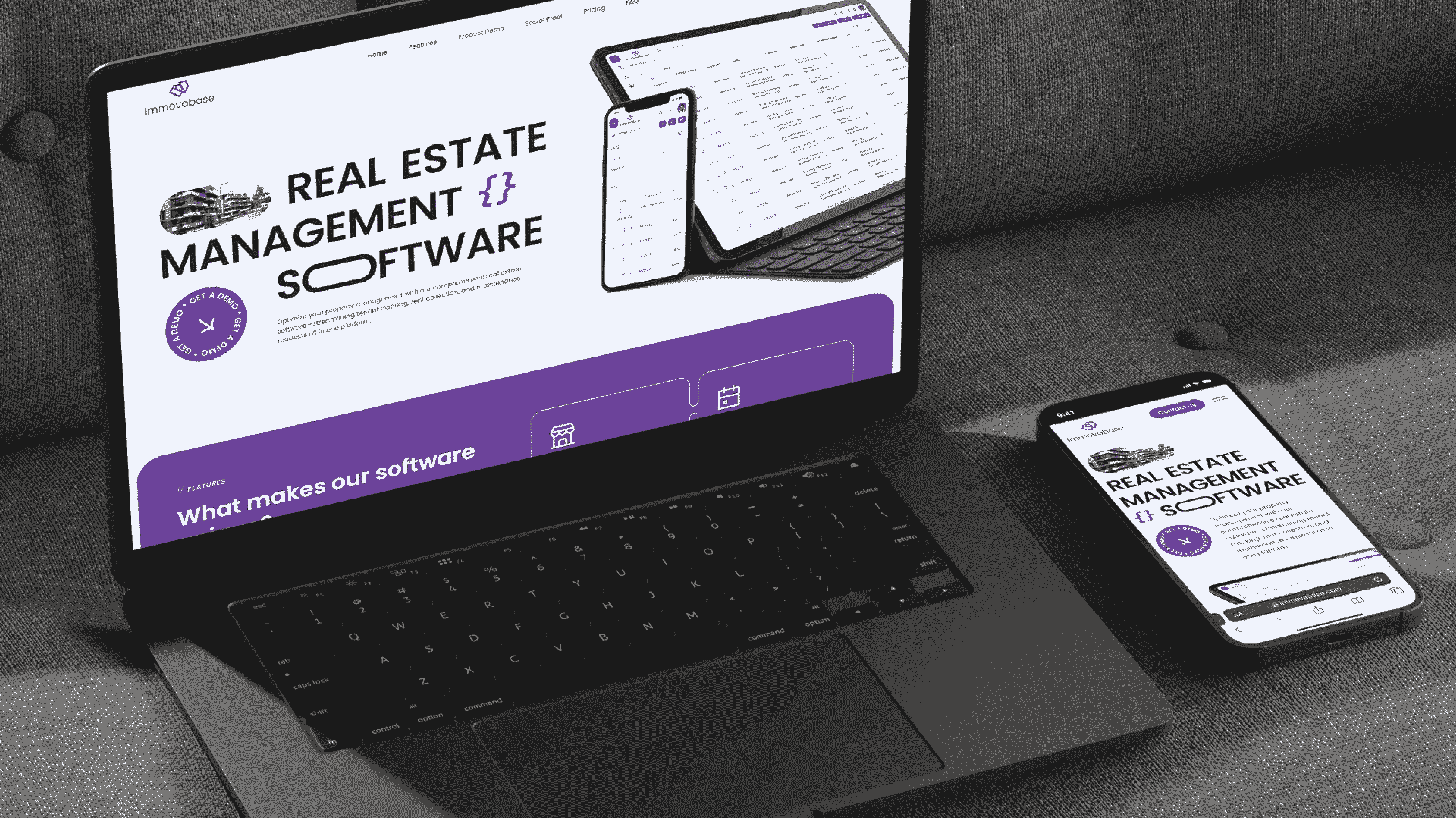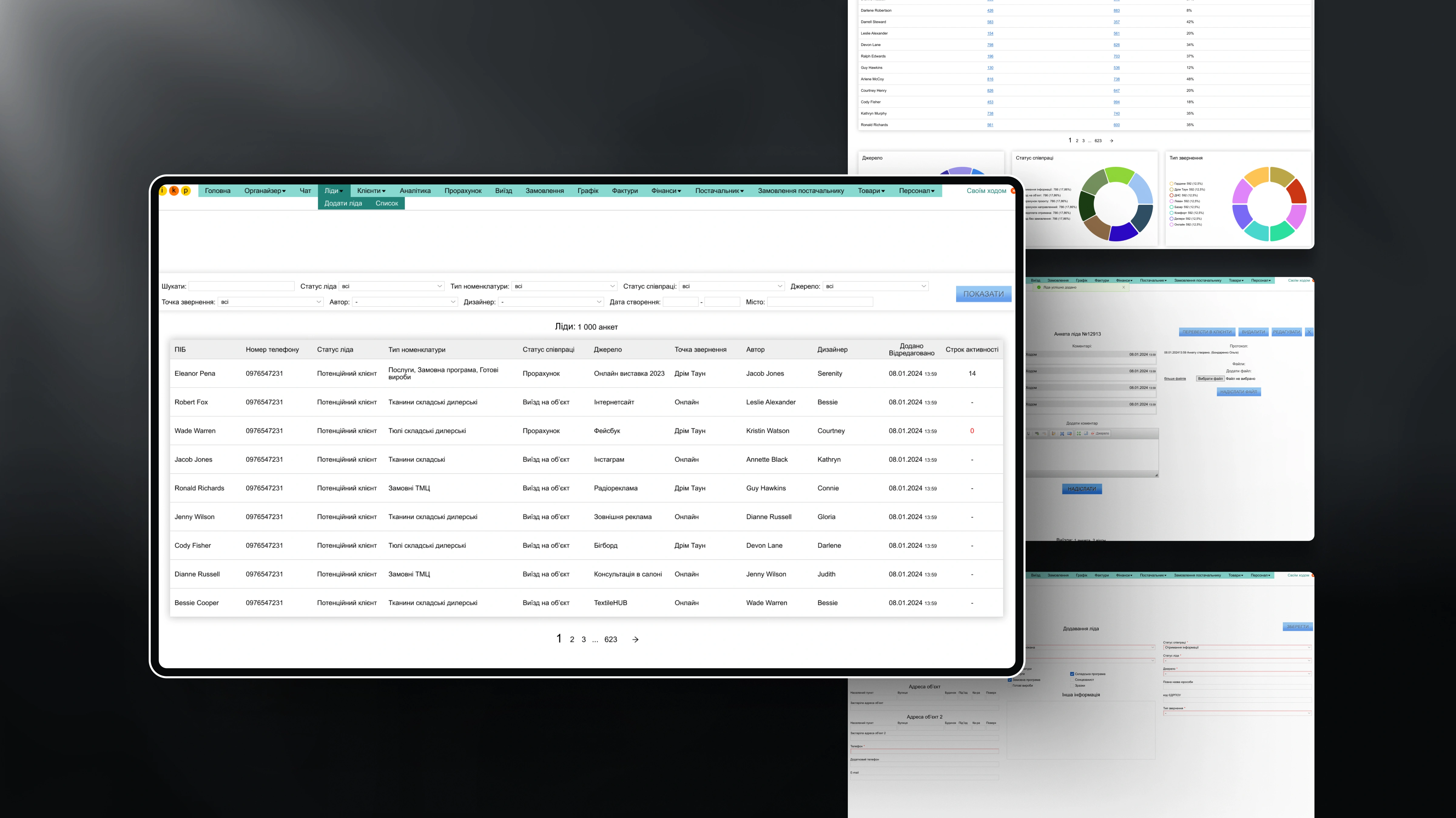
Creating a corporate website is not only a technical process, but also an important part of any company's marketing strategy. A company's website is its virtual face and has a direct impact on brand perception. One of the most important aspects of creating a corporate website is ensuring that it reflects your company's values. The trust and interest of your potential customers, partners, and employees will depend on how well you can convey your core principles and mission through your website.
In this article, we'll take a closer look at the steps you need to take to create a corporate website that is not only functional but also reflects your company's core values.
1. Understand your company's values
Before you start creating a website, you need to clearly define what values you want to convey to your audience. These can be the principles of honesty, innovation, customer focus, environmental responsibility, or social activism. Your company values are what you want people to feel and understand when they interact with your brand.
How do you define your company's values?
To understand what values you need to reflect on your website, it is important to
- Evaluate your company's mission. A clearly stated mission reflects your core principles.
- Identify the key factors that distinguish your company. What makes your brand unique?
- Understand the needs of your target audience. What values are important to your customer?
Once you've defined your values, it's time to translate them into the design and structure of your website.
2. Choosing a platform for creating a corporate website
Choosing a CMS (content management system)
The platform you choose to create a corporate website should meet your requirements, both in terms of functionality and the ability to reflect your corporate identity. Popular systems for creating websites include:
- WordPress: flexible, has a large number of templates and plugins.
- Joomla: suitable for more complex websites with a lot of features.
- Drupal: suitable for large projects and high security.
- Wix or Squarespace: suitable for quick website creation without programming.
How does the choice of platform relate to the company's values?
When choosing a CMS, it is important to think about how your platform can emphasize the company's values. For example, if your company is actively working in the field of ecology, you can choose a platform that allows you to easily implement functionality to represent your environmental responsibility through interactive elements.
3. Site structure and its display
Home page: the first impression
The home page is your first impression. It should immediately give a sense that your company is focused on innovation, reliability, or other important values.
- Welcome text: a short but clear message that shows the mission and core values.
- Visual elements: colors, fonts, and images should be consistent with your corporate values. For example, for a company that deals with eco-friendly products, natural colors and textures will be ideal.
- Multimedia: videos or slides that demonstrate the company's work, its social initiatives, or other aspects that are important to you.
Design of website sections
Each section of your website should support the idea of your mission. It can be:
- About us: a section where you can tell in detail about your values, team, and culture.
- Services/Products: here you have the opportunity to show how your offerings meet certain principles.
- Blog/News: talk about the company's social initiatives, innovations, and important events.
4. Design and visual identity
Website design is very important. The correct use of colors, fonts, images, and other elements helps to create the right impression of the company.
- Color palette: each color has its own meaning. For example, blue is associated with trust and reliability, green with environmental friendliness, and red with energy and confidence.
- Typography: the choice of fonts can also emphasize your personality. Fonts should be easy to read and match the overall brand style.
- Graphics and illustrations: use images that reflect the company's culture or show your products/services in the context of values.
Mobile adaptation
In today's world, it is important that your website is mobile-friendly. This will not only improve the user experience but also increase your search engine rankings.
5. Content that reflects your company's values
Content marketing
Content is a key element in reflecting your company's values. Through text, video, infographics, and other materials, you can show:
- Success stories. How your company puts its values into practice.
- Social responsibility. Projects on which you spend part of your profits or initiatives aimed at improving the life of society.
- Innovation. How your company implements new technologies, develops new products or services.
SEO for organic traffic
To ensure that your website successfully reflects your company's values and attracts organic traffic, you need to consider SEO:
- Keywords: identify key phrases related to your values and integrate them into your content.
- Technical SEO: website loading speed, correct URL structure, mobile responsiveness - all of these affect your position in search engines.
- External links: try to get backlinks from reputable websites, which increases the credibility of your brand.
6. Interactivity and customer feedback
User engagement
Interactive elements help users actively interact with your website. These can be:
- Surveys and questionnaires. Ask about users' experiences or find out what values are important to them.
- Customer testimonials: Give your customers the opportunity to share experiences that emphasize your values.
Testimonials as part of your reputation
Positive reviews and real customer stories are a powerful tool for demonstrating your values. They help to create an impression on new users and increase trust in your company.
Creating a corporate website is an important stage in the development of your company. It is important that the site reflects the values and mission of your business, as it is the first place where potential customers get to know your company. Taking into account all aspects - from design to content to SEO - will allow you to create a resource that not only attracts traffic but also increases the trust and loyalty of your audience.
Ensure that your website doesn't just talk about your company, but truly reflects its values, becoming a powerful tool for growing your business.



